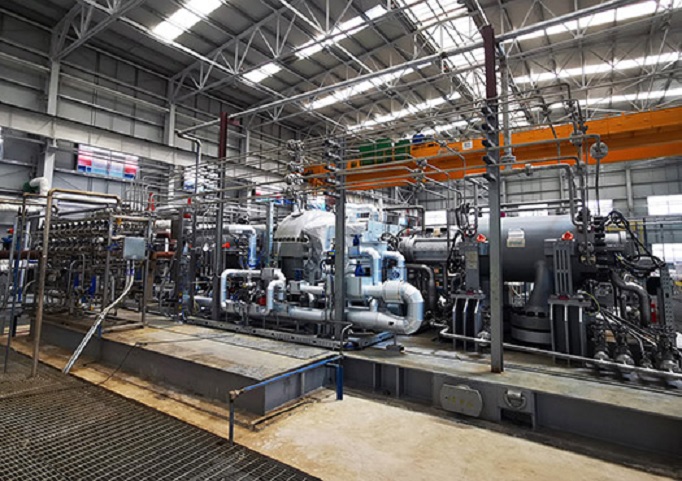In the expansive industrial landscape of Russia, the efficient utilization of synthesis gas (syngas) is vital for enhancing productivity and minimizing environmental impact. Syngas, a combination of carbon monoxide (CO) and hydrogen (H2), serves as a versatile feedstock for various industrial processes, making its accurate analysis crucial for achieving optimal performance. This blog serves as a comprehensive guide for engineers, researchers, and industry professionals in Russia, shedding light on the intricate process of interpreting syngas analysis data for effective optimization.
I. Syngas and Its Significance:
Syngas, composed of CO and H2, is a multifaceted feedstock integral to numerous industrial processes. Its composition plays a pivotal role in determining the efficiency and environmental sustainability of industrial operations, making the accurate analysis of syngas a fundamental aspect of process optimization.
II. Importance of Syngas Analysis:
In Russia’s diverse and energy-intensive industries, harnessing the power of syngas analysis in Russia is imperative. Accurate analysis provides insights into syngas composition, impurities, and energy content, offering a foundation for maintaining competitiveness and meeting regulatory standards.
III. Types of Syngas Analysis:
1.Gas Chromatography (GC):
Gas Chromatography, a technique for separating and quantifying syngas components, offers valuable insights. This section explores the advantages and limitations of GC in the context of syngas analysis.
2.Mass Spectrometry (MS):
Mass Spectrometry emerges as a powerful technique for identifying syngas compounds. The discussion includes an overview of MS and its application examples in Russian industrial processes.
3.Fourier Transform Infrared Spectroscopy (FTIR):
Fourier Transform Infrared Spectroscopy provides real-time analysis capabilities. This section delves into the integration of FTIR in process monitoring within the Russian industrial landscape.
IV. Key Parameters in Syngas Analysis:
1.Concentration of CO and H2:
The concentration of CO gas and H2 and their ratio hold significant importance in different processes. Understanding this relationship is crucial for optimizing processes in the Russian context.
2.Impurity Detection:
Identifying common impurities, such as sulfur compounds, and their impact is explored. Strategies for minimizing impurities in Russian industrial applications are discussed.
V. Challenges in Syngas Analysis in Russia:
1.Variability in Feedstock:
The diverse feedstocks in Russia pose challenges in syngas analysis. This section addresses strategies for handling variations in composition effectively.
2.Environmental Factors:
The impact of climate on syngas analysis data is discussed, along with measures to ensure reliable data interpretation in different weather conditions.
VI. Interpreting Syngas Analysis Data:
1.Pattern Recognition:
Recognizing characteristic patterns in syngas data is essential for early detection of process deviations. This section explores the use of data trends for effective interpretation.
2.Comparative Analysis:
Comparative analysis, involving the comparison of syngas data with baseline values, is crucial for benchmarking. The utilization of statistical methods for trend analysis is detailed.
VII. Case Studies:
1.Syngas Analysis in Petrochemical Industries:
This section presents case studies illustrating how Russian petrochemical plants optimize processes with syngas data. Achievements and lessons learned are discussed.
2.Syngas-Based Energy Production:
Examples of efficient energy production through syngas in Russia are showcased. The section highlights contributions to the country’s energy security.
VIII. Future Trends and Innovations:
1.Advancements in Analytical Technologies:
Emerging technologies for syngas analysis are explored. The potential impact on process optimization in Russia is discussed.
2.Integration of Artificial Intelligence (AI):
The use of artificial intelligence in interpreting syngas data is explored, with a focus on enhancing predictive analytics for continuous improvement.
Conclusion:
As Russia continues to play a pivotal role in global industries, mastering the interpretation of syngas analysis data is crucial for sustained growth and competitiveness. This blog has provided a comprehensive guide, enabling professionals to navigate challenges, embrace opportunities, and contribute to a more sustainable and efficient future. By staying at the forefront of analytical advancements, Russian industries can ensure their processes are optimized for success.



